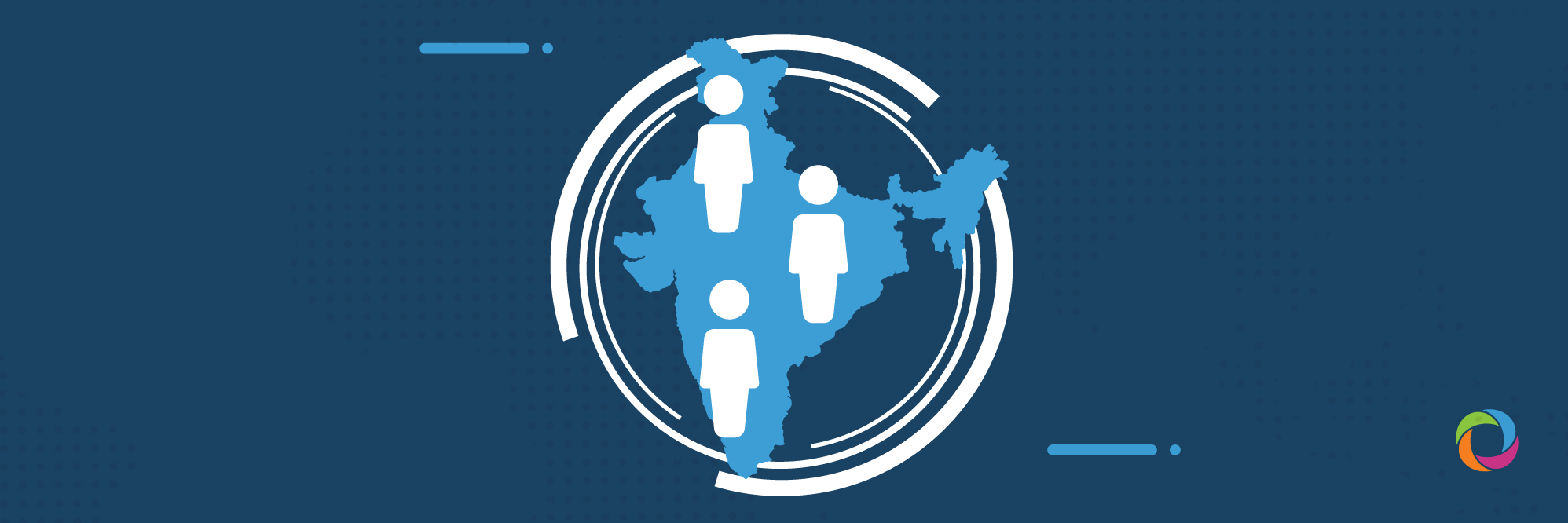The latest research from the Washington-based Pew Research Center reveals that the Indian economy has been severely hit by the recession triggered by the ongoing pandemic and this has pushed 75 million people into poverty and significantly shrunk the middle class.
The COVID-19 outbreak increased global poverty by 60% in 2020 and India was particularly affected, plunging into recession. Pew’s report estimates that now 75 million more Indians live for less than US$2 daily than the number before the pandemic. This surge in poverty levels in the second biggest Asian nation, with a 1.3 billion population, is not a surprise, bearing in mind that India has the third-highest number of COVID-19 cases and deaths, after Brazil and the US.
While the World Bank projected in January 2020 that India’s GDP would grow by 5.8%, in January 2021 it was down by 9.6%, as the Indian economy fell into a deep recession. The International Monetary Fund projects a further decrease by 8% in the 2021 fiscal year.
This has not only caused a surge in poverty levels but also the shrinking of those considered as middle class. It is estimated that the number of people reaching middle income in India (earning $10-$20 a day), decreased by 32 million in 2020 whereas, before the outbreak, it was predicted that this would grow to 99 million.
However, the middle class now totals only 66 million so the outbreak has reduced the number by a third. Since between 2011-2019 the number increased from 29 million to 87 million, the pandemic has therefore completely reversed the trend.
Nearly 1.15 billion Indians are part of the low-income class, currently earning between $2-$10 per day.
In the face of such negatives trends, the Indian Prime Minister, Narendra Modi, has taken the steps necessary to tighten fiscal and monetary policy to curb the recession and these have brought some results. In the last three months of 2020, India got back on track and the economy started to grow in October 2020, registering 0.4% growth until December, compared to the previous year. Some economists warn, however, that the recent growth may be disrupted by oil prices rise and a surge in COVID-19 cases.
“There are some risks that need to be watched, including rising commodity prices,” said Sakshi Gupta, a senior economist at India’s biggest bank – HDFC. He also pointed out that recovery may be slowed down as the informal sector and contact-intensive services could be impacted by the rise in COVID-19 cases.

